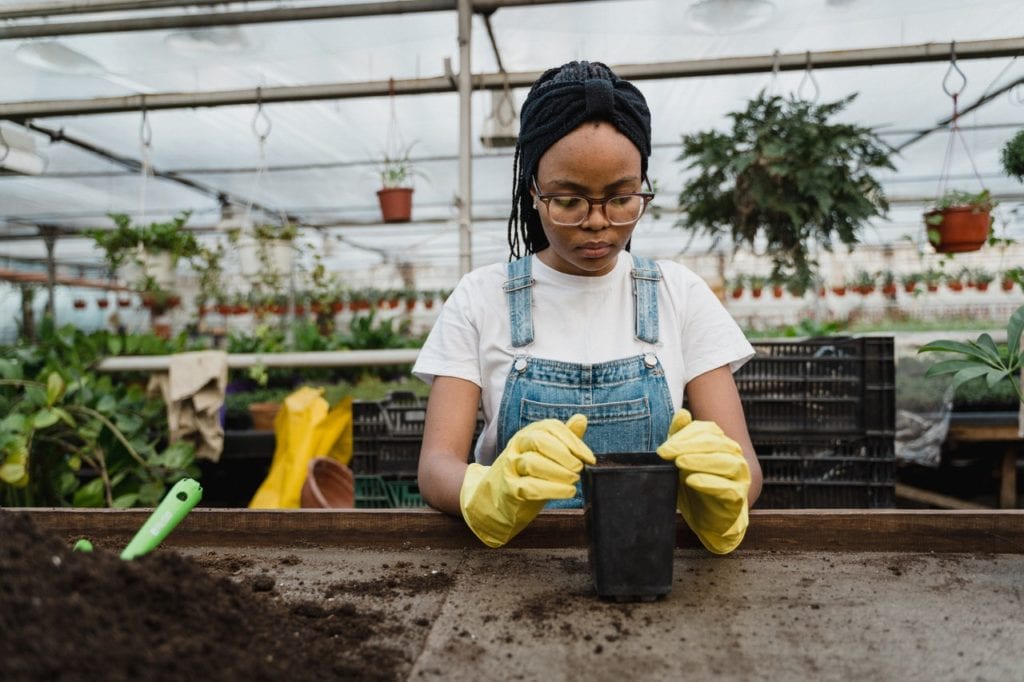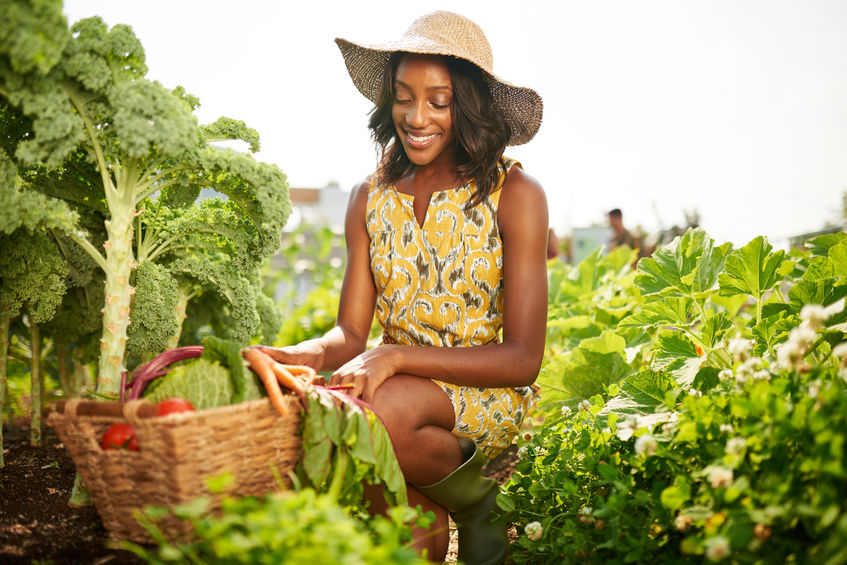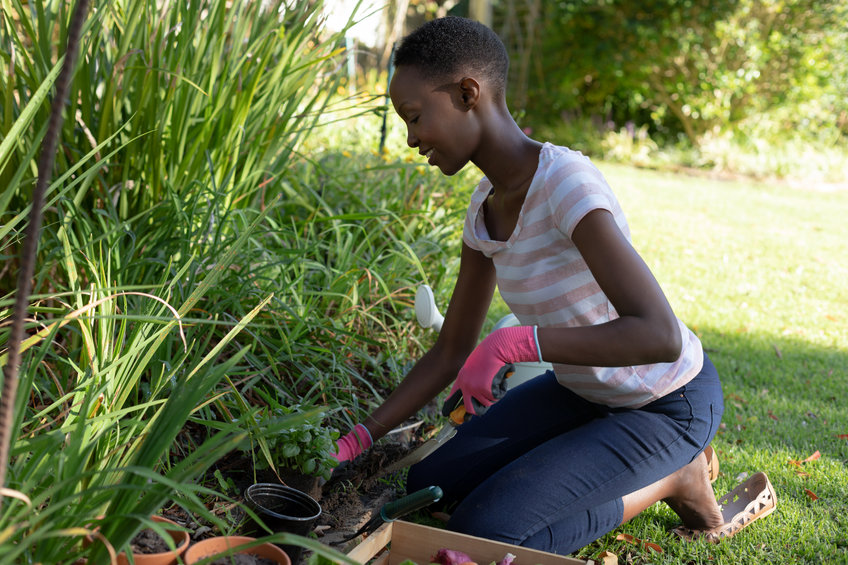How start a garden during the winter

Many people have now realized the importance of our very own gardens in these recent months. Many of us have even started gardening and found that’s it’s pretty simple but what about come winters?
When we heard the word garden, what most people imagine is asummer garden, lush and full of flowers but have you ever imagined a winter garden?
Summer gardening is easy as long as one keeps the garden hydrated but winter gardens have their own special needs and requirements that if not fulfilled, the garden will never start let alone flourish.
Now, now don’t get all flustered. That’s why we are here. Take a shallow dive (its cold though, lets don’t use this idiom… *shudders), anyways but have a quick read to get introduced to world of winter gardening.
Preparing the land:
After you have reaped your summer garden, that is the exact time to start preparing for your winter one, way before the first frost barges in. Now this might seem hectic but it gives your plant enough time to sustain itself to with stand the harshness of the coming weather.
Rip out the plants that are annual. If there’s some produce left on them, it can always ripen indoors. Dig deep up to 12 inches and break the clods and work out the dead roots.
Summer crops would have striped the garden soil’s nutrients so adding fertilizer is a must. Add about 5 inches farm yard manure or compost. Artificial fertilizer will also work. Mix it well. This needs to be done immediately when the temperatures are still warm because organic matter doesn’t breakdown in cold.
Straighten any broken beds and give the site a thorough watering.
Choosing the plants:
This is very important and pretty obvious. You don’t want summer plants dying on you?
Whether they are ornamental or functional(vegetables/fruits/herbs), not all plants can survive winter. There is just handful of them that can.
Choose them wisely. Bulb and root vegetables are winter special. Hot onion carrot broth with Brussel sprouts on a cold night. Sounds about right.
Carrots, garlic, lettuce, onions, spring onions, radishes, spinach, arugula, swiss chard, parsnip, chives, leeks, these all are winter vegetables.
Though vegetables are handful, there are large of flower varieties that can with stand temperature drops of as low as 45°F (7°C) such as Larkspur, nasturtium, heather, snapdragon, pansy, primrose, marigold, sweet pea, hyacinth, amaryllis, buttercups etc.
There are many evergreen trees and bushes too that keep your garden filled even through coldest of months, like the whole thuja family, winterberry, witch hazel, boxwood, camelia etc.
There are so many plants that are winter special. Check your area’s expected lowest temperature drop and if the chosen plant can survive it.
Starting & Planting:
There are winter plants that can be sown in the garden but this has to be done before early winter. If you are somehow late, you can always start your seeds indoors and later transplant them.
Use a shovel to dig and carefully transplant. It’s better to do the transplanting on a clear sunny day. Check weather forecast. Consecutive sunny days are the best. Plant where the crops get protected from the harsh winds. Use google to find out from which directions the winds blow in your area. Erect a wind barrier of some sort that still allows light.
Additional structures:
Protecting structures are a must. Without them, the plants barely thrive.
One structure of such kind is a cloche. As cute the name is, it is a portable structure made of glass or clear plastic that is placed over plants to retain warmth and protect them from cold. Yup a blanket. It insulates plants. You can make a DIY cloche out of a clear plastic soda bottle.
Another structure you can make is a cold frame. It is a transparent outdoor frame that protects plants from snow and cold weather. The clear glass lets the sunlight in. It’s like a miniature green house.
Having your own greenhouse is a dream. It’s a high initial investment, but gosh it is so productive. Who’safraid of the winters when we have got ourselves a greenhouse. You can sell your produce in a local market too and recover the investment.
Organic mulch also protects the plants. Burlaps are very effective to cover and protect. A layer of long corn straw can be used for protection too
Caring:
Water the plants when the top layer of soil is dry and its sunny. Plants need very less watering in winter due to less evapotranspiration. Water before a freeze because wet soils prevent freeze injury by trapping more heat than dry soil.
The fertilizer you added in the beginning is enough. There is no need to add more or it will burn your plants because plants absorb fewer nutrients during winter.
Lighting is a very important aspect in winter. During successive cloudy days, plants do not receive light at all which means no energy to battle the cold. I this scenario you can use grow lights. They are very beneficial.
Here is a bonus tip. Have you made a fireplace yet? If not, what are you waiting for? One cannot enjoy a winter with a bonfire. Have you even been living a life? Having a fireplace amidst of the garden, you can directly pluck delicious vegetables from your garden and grill them. A medium grilled steak with a side of artichoke and leeks. How does that sound?
Anyways so this was all. Tried to capture the genie inside a bottle but still hope, this helped.





Comments